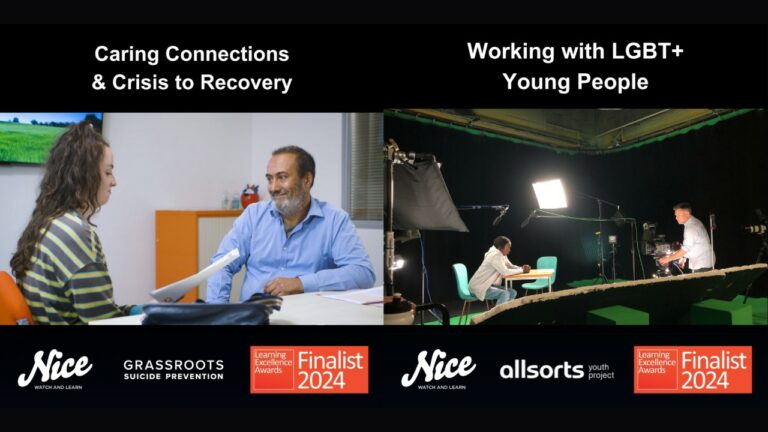A key driver of talent acquisition and retention
Something is clear in the latest research and surveys on recruitment and retention: you ignore the person at the centre of it all at your peril. MIT Sloane Management Review found that during the Great Resignation, a “toxic culture” was a far stronger indicator of employee attrition than compensation – 10 times stronger, in fact. To identify exactly what classes as a “toxic culture”, they analysed 1.3 million reviews on Glassdoorto discover which topics were the most linked to low-rate company cultures. They grouped related terms and ended up with five aspects of a toxic culture: noninclusive, disrespectful, unethical, cutthroat, and abusive.
Notice something about all of these factors? The human beings and relationships at the centre of decisions are being sidelined. That’s the crux of what makes a culture toxic.
Culture problems aren’t rare, unfortunately. Gartner found that “while 82% of employees say it’s important for their organisation to see them as a person, not just an employee, only 45% of employees believe their organisation actually sees them this way.”
At Nice Media, we work with various organisations to produce video ads for recruitment and drama for culture change. As part of that work, we meet people across multiple industries and at different levels of organisations. And what we’ve been seeing lately chimes with the research.
People who love their jobs and are openly effusive about their employers feel valued, heard, and respected. Their job enriches their life. Their team is family. They see a future there and encourage others to join up.
In contrast, people in dog-eat-dog environments and organisations where employees don’t feel listened to or valued are places where job satisfaction is low. Well-being takes a hit. Churn is high. Recruitment is tough.
Good cultures attract talent
But there’s great news regarding recruitment and retention for organisations that have put in the hard work of culture change already. Simply put, the better your culture, the easier recruiting is.
Changing your culture and improving recruitment may be easier than you think. Take a look at this example of the Alzheimer’s Society. In the pre-Covid times of September 2019, things were looking grim for the charity’s reputation. Industry mouthpiece Third Sector reported the results of a damning internal survey: nearly a third of staff had a negative view of the charity’s leadership. To make things worse, a few months later, an anonymous Twitter user reported widespread bullying and attempts to silence staff at the charity. This story was picked up and investigated by The Guardian.
Instead of responding defensively, the charity responded by increasing transparency and scrutiny of leadership. This led to a transformed culture and reputation: a 2022 survey found that three-quarters of staff recommended the Alzheimer’s Society as a great place to work – and the same number said they trusted and respected the leadership. Recruitment has also become much easier, with job ads often closing early. People are so keen to work with them that some candidates are accepting more junior roles if they aren’t accepted for the role they applied for initially.
It’s not just about hiring, either. Its improved reputation led to the Alzheimer’s Society raising £116.5 million in 2021, the highest amount since it was founded over 40 years ago. There are lots of other benefits, too. Gartner’s research into the Future of Workidentified other benefits of a “human-centric” culture: lower fatigue levels, increased retention and higher performance.
So, the race to clean up company culture can benefit an organisation in various ways. And when it comes to acquiring top talent it is a really important part of an employer’s recruitment brand. It’s time to start shouting louder about the great parts of your organisation’s culture and using video recruitment ads to get this message out to potential candidates. On the other hand, if you have culture problems holding back recruitment, it’s time to start fixing your toxic culture.
Get in touch if you need some advice on getting started.







